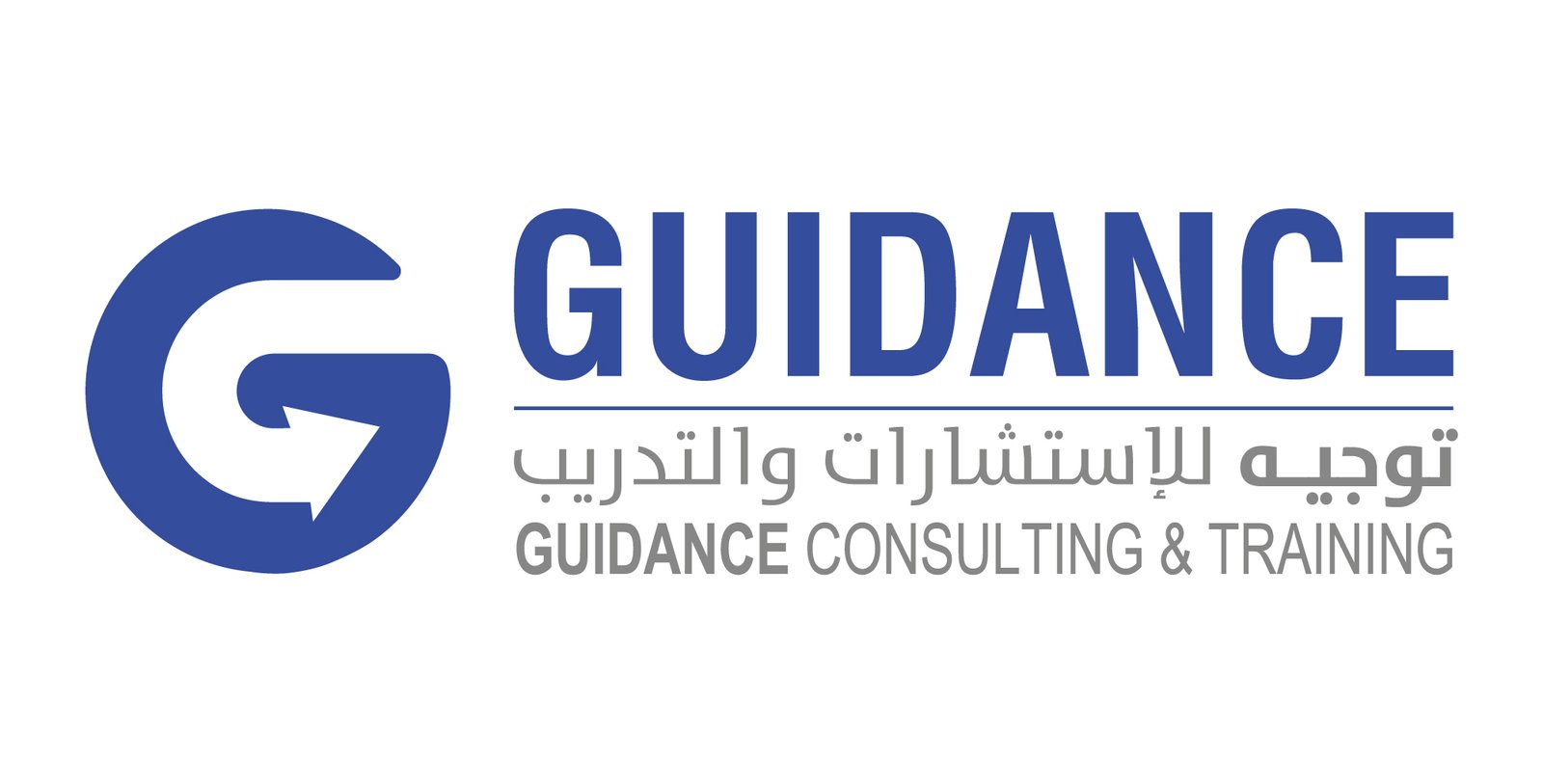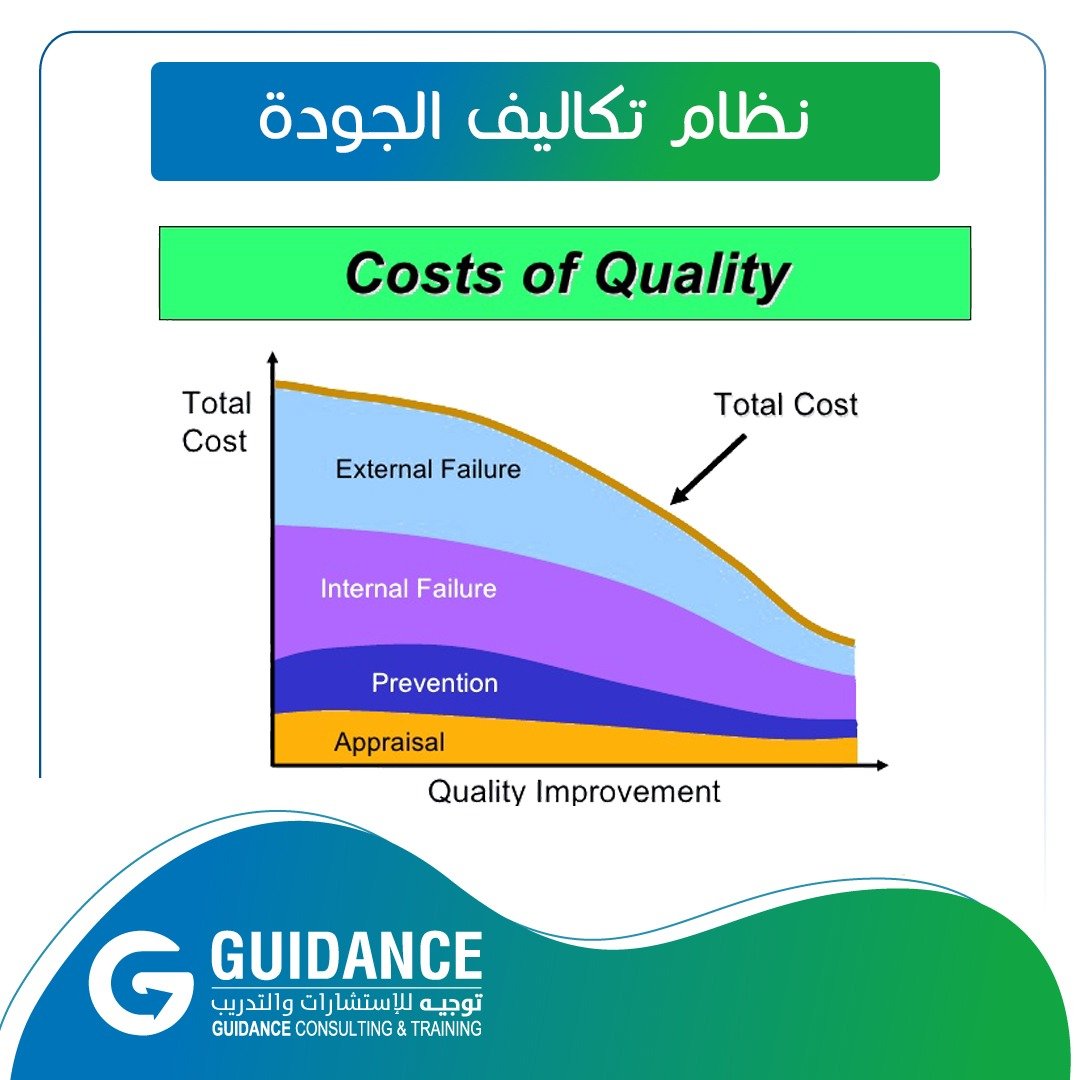Quality Costs System
Quality costs are defined as a methodology that allows an organization to determine the extent to which its resources are used for activities that prevent defects and poor quality, evaluate the organization’s products or services quality, and that result from internal and external failures. Such information allows an organization to identify potential savings that can be achieved by implementing process improvements.
What is the Cost of Poor Quality (COPQ)?
The cost of poor quality is defined as the costs associated with providing products or services of poor quality. There are three categories:
- Appraisal costs: are incurred to determine the degree of conformance to quality requirements.
- Internal failure costs: are associated with defects found before the customer receives the product or service.
- External failure costs: are associated with defects discovered after the customer receives the product or service.
Quality-related activities that incur costs can be divided into prevention, appraisal, and internal and external failure costs.
1. Appraisal costs
Appraisal costs are associated with measuring and monitoring quality-related activities. These costs are associated with suppliers’ and customers’ evaluation of purchased materials, processes, products, and services to ensure conformity with specifications. These can include:
- Verification: Inspection of incoming materials, process preparation, and products against agreed specifications.
- Quality audits: Confirmation that the quality system is working properly.
- Supplier classification: Evaluation and approval of suppliers of products and services.
2. Internal failure costs
Internal failure costs are incurred to repair defects discovered before the product or service is delivered to the customer. These costs occur when work results fail to meet design quality standards and are observed before they are transferred to the customer. They can include:
- Waste: Performing unnecessary work or holding inventory due to errors or poor organization
- Scrap/Decimated: A defective product or material that cannot be repaired, used, or sold
- Rework or correction: Correcting defective materials or errors
- Failure analysis: The activity required to determine the causes of internal product or service failures
3. External failure costs
External failure costs are incurred to repair defects discovered by customers. These costs occur when products or services that fail to meet quality standards are not discovered until after they are transferred to the customer. These can include:
- Repairs and service: for both returned products and those already on-site.
- Warranty claims: defective products replaced or services re-performed under warranty.
- Complaints: all work and costs associated with handling and servicing customer complaints.
- Returns: handling and investigating rejected or returned products, including transportation costs.
4. Prevention costs
Prevention costs are incurred to prevent or avoid quality problems. These costs are associated with designing, implementing, and maintaining a quality management system. They are planned and incurred before actual operation and can include:
- Product/service requirements: establishing specifications for materials, processes, finished products, and incoming services
- Quality planning: developing plans for quality, reliability, operations, production, and inspection
- Quality assurance: establishing and maintaining a quality system
- Training: developing, preparing, and maintaining training programs
Quality costs and organizational objectives
The costs of doing a good job, making quality improvements, and achieving objectives must be carefully managed so that the quality long-term impact on the organization is desirable.
These costs should be a true measure of quality efforts and are best identified through a quality cost analysis. Such analysis provides a way to evaluate the effectiveness of quality management and identify problem areas, opportunities, savings, and action priorities.
Many organizations will have true quality costs of up to 15-20% of sales revenue, and some as much as 40% of total operations. A general rule of thumb is that poor quality costs in a thriving organization will be around 10-15% of operations. Effective quality improvement programs can significantly reduce this, which makes a profit contribution.
The established quality cost system should be dynamic and positively affect the achievement of the organization’s mission and goals.
Guidance for Consulting and Training
We have the knowledge and experience to help institutions and individuals comply with the requirements of the Saudi Standards and Quality Organization, the Food and Drug Authority, and other entities that impose legal and mandatory requirements in the Saudi market.


